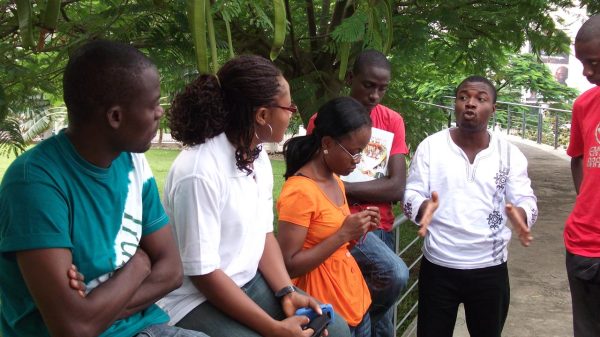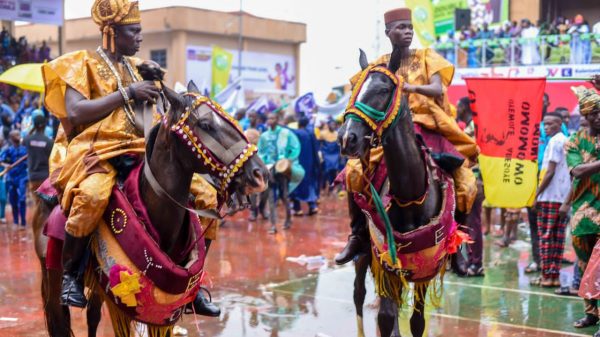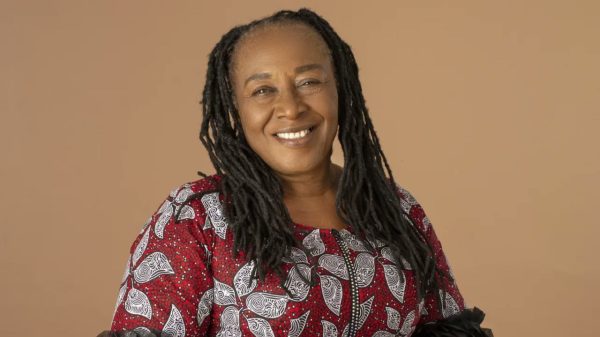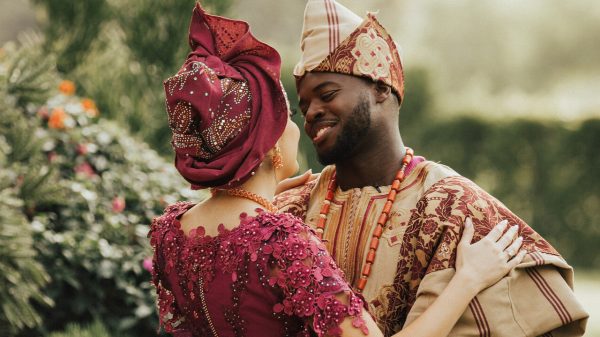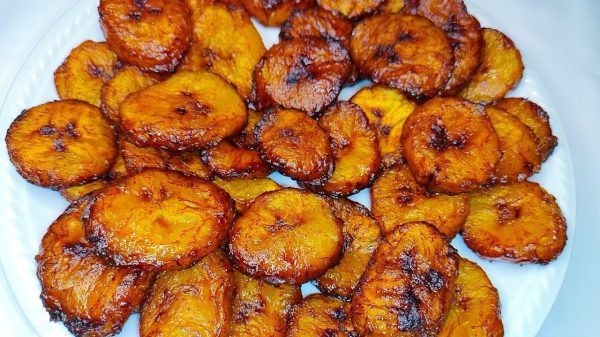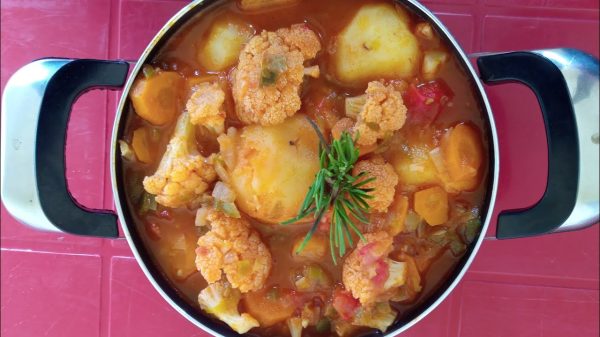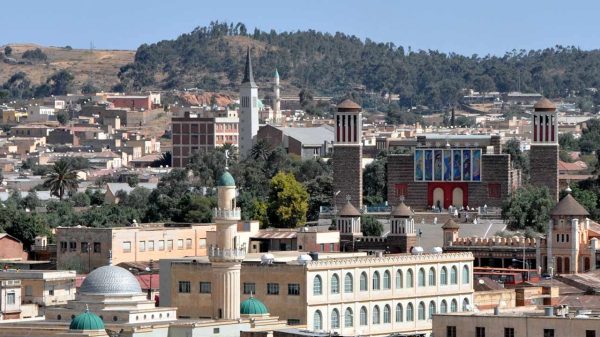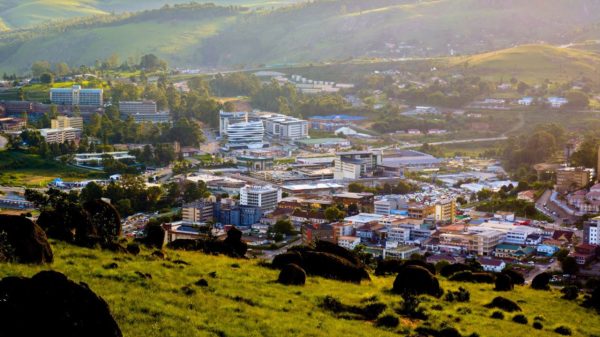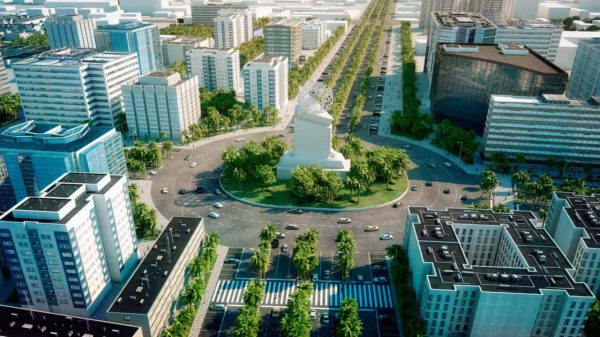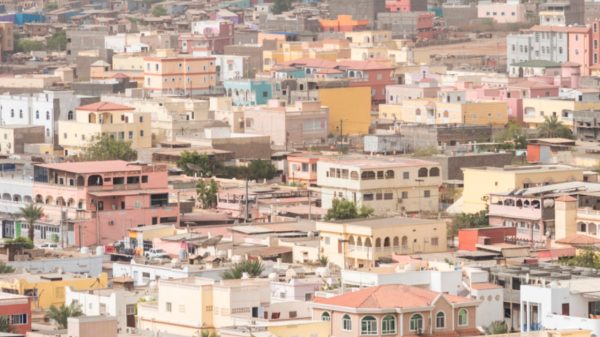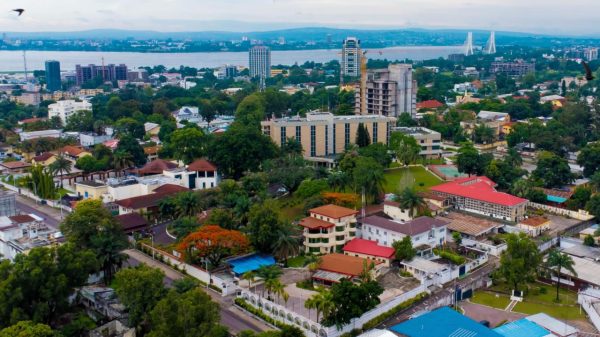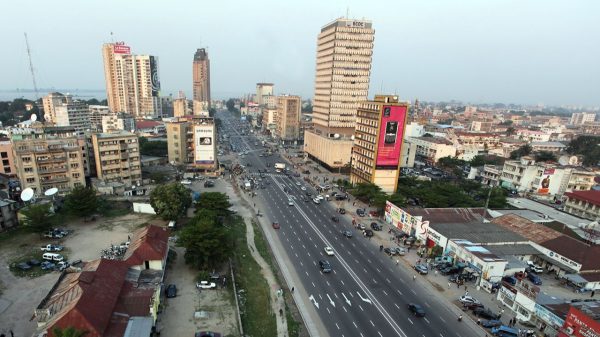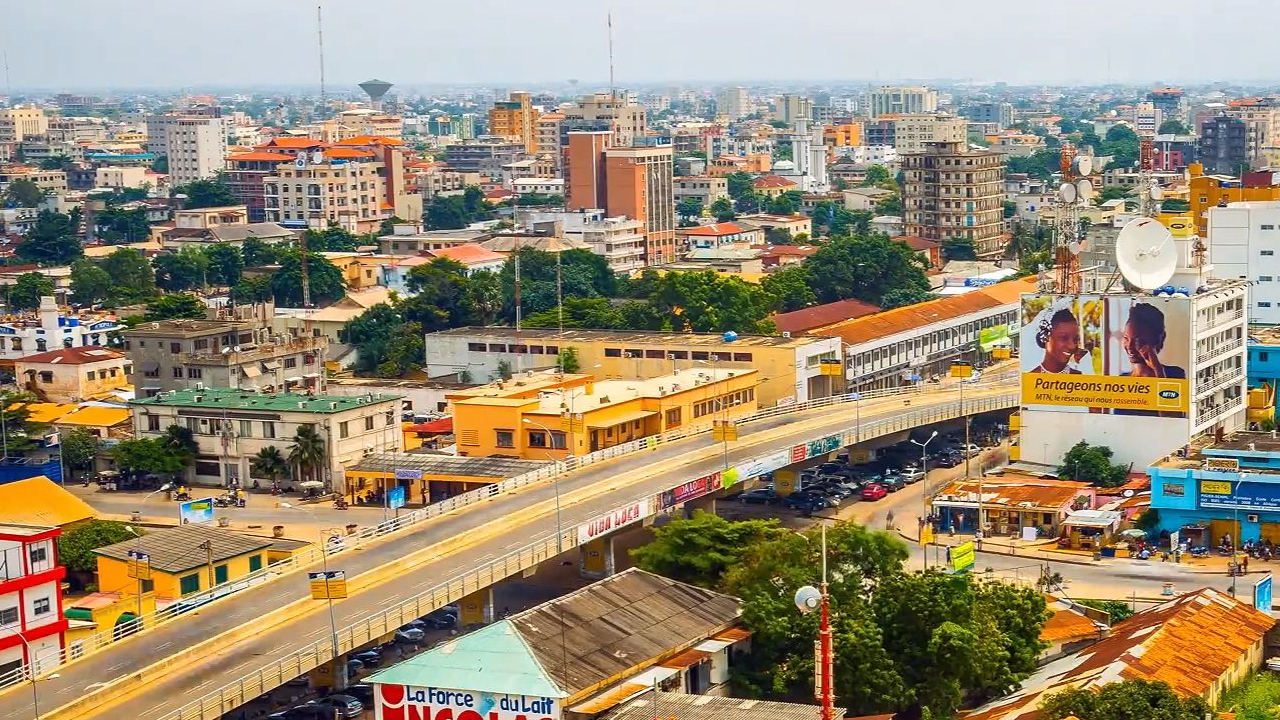Benin, a small but historically rich West African nation, is home to fascinating cultural, historical, and economic wonders.
From the legendary Kingdom of Dahomey and its fierce Amazons to the deep-rooted traditions of Voodoo, Benin stands out as a land of unique heritage. Its democratic stability, linguistic diversity, and floating village of Ganvié add to its charm. Once a major hub of the transatlantic slave trade, it now thrives on agriculture and tourism.
Here are ten captivating facts that highlight Benin’s remarkable past, vibrant present, and promising future.
1. Birthplace of the Dahomey Kingdom
The Kingdom of Dahomey was a dominant West African state that existed from the early 17th century to 1894, covering much of present-day Benin. It was known for its highly structured monarchy, fierce military, and complex taxation system. The kingdom’s wealth came primarily from trade, including the sale of enslaved people to European traders. Under rulers like King Ghezo (1818–1858) and King Agaja (1718–1740), Dahomey expanded significantly, defeating neighboring kingdoms. The royal palaces of Abomey, now a UNESCO World Heritage Site, showcase intricate murals and artifacts that reflect the kingdom’s power, traditions, and cultural legacy.
2. Home of the Dahomey Amazons
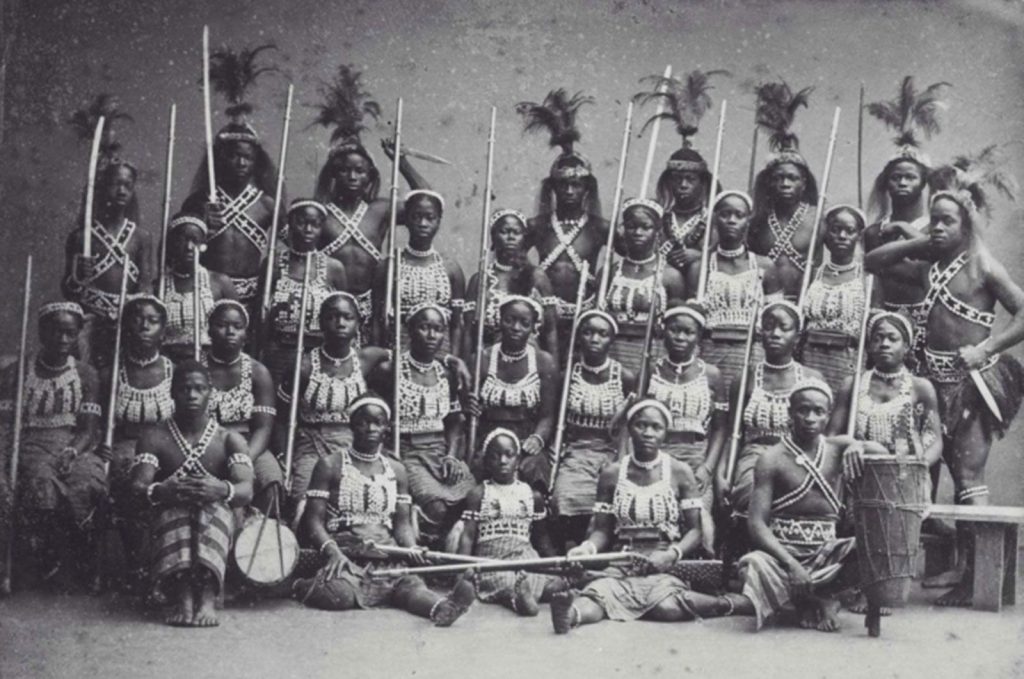
The Dahomey Amazons, or Mino, were an elite all-female military unit that served the kings of Dahomey for centuries. Unlike most societies of the time, where women were excluded from combat, these warriors trained intensely in weaponry, hand-to-hand combat, and strategic warfare. At their peak in the 19th century, they numbered up to 6,000 soldiers and played key roles in battles against European colonizers. Their last major conflict was against French forces in 1892, during which many were killed or captured. Their legacy inspired the 2022 Hollywood film “The Woman King”, bringing global attention to their remarkable history.
3. One of Africa’s Most Stable Democracies
Benin transitioned from a Marxist-Leninist dictatorship to a multi-party democracy in 1991, making it one of Africa’s most stable democratic nations. This shift was marked by the peaceful transfer of power from Mathieu Kérékou to Nicéphore Soglo, an event that set an example for democratic governance in Africa. Since then, Benin has maintained regular free and fair elections, with the most recent presidential election in 2021, where Patrice Talon won with 86.3% of the vote. Despite some political tensions, Benin ranks among Africa’s most politically stable countries, reinforcing its reputation as a leader in democratic governance.
4. Voodoo is an Official Religion
Unlike in many parts of the world where Voodoo (Vodun) is stigmatized, Benin recognizes it as an official religion. Approximately 11% of the population practices Vodun, though its influence extends to much of society. The religion involves ancestor worship, spirit possession, and rituals aimed at maintaining balance between the spiritual and physical worlds. The Voodoo Festival held annually in Ouidah on January 10 attracts thousands of people from around the world. Vodun originated in the region and later spread to Haiti, Brazil, and the United States through the transatlantic slave trade, shaping spiritual traditions in the African diaspora.
5. Porto-Novo: The Capital That Isn’t the Largest City
Benin’s official capital, Porto-Novo, has a population of around 300,000, but it is not the largest city—that title belongs to Cotonou, with over 700,000 residents. Porto-Novo, originally established as a Portuguese trading post, serves as Benin’s administrative capital, while Cotonou is the country’s economic hub. The city houses major government buildings, while most business activities, including the Port of Cotonou, take place in Cotonou. This dual-capital structure is a result of colonial history, where the French preferred Cotonou’s coastal location for economic activities but retained Porto-Novo as the political center.
6. A Major Hub of the Slave Trade
During the 17th to 19th centuries, Benin, particularly the port city of Ouidah, played a significant role in the transatlantic slave trade. An estimated 2 million people were forcibly taken from the region and sold to European traders, primarily bound for Brazil, the Caribbean, and North America. The Door of No Return, a memorial in Ouidah, symbolizes the pain and loss suffered by enslaved Africans. Today, Benin embraces efforts to educate people about this dark chapter through museums, heritage tours, and cultural events aimed at reconnecting African descendants with their ancestral roots.
7. The Economy Relies Heavily on Agriculture
Agriculture is the backbone of Benin’s economy, employing 40% of the population and contributing around 30% of GDP. The country is among the world’s top producers of cotton, which accounts for about 80% of export revenues. Other major crops include cashews, yams, maize, and palm oil. Benin relies heavily on trade with neighboring Nigeria, which buys a significant portion of its goods. However, climate change and outdated farming methods pose challenges to the sector. To diversify its economy, Benin has invested in infrastructure, tourism, and technology, aiming for long-term economic stability beyond agriculture.
8. French is the Official Language, but Many Speak Fon and Yoruba
While French is Benin’s official language, over 50 indigenous languages are spoken nationwide. The most widely spoken local language is Fon, used by around 24% of the population, particularly in Cotonou and Abomey. In the southeastern regions, Yoruba is commonly spoken, reflecting cultural and historical ties with Nigeria. Other languages like Bariba, Dendi, and Goun are also widely used. Many Beninese are multilingual, speaking both French and their native languages. This linguistic diversity reflects Benin’s rich cultural heritage and the blending of indigenous traditions with colonial influences.
9. A Rich and Diverse Cultural Heritage
Benin boasts a rich cultural heritage, evident in its music, dance, and art. Traditional Gelede masks, used in ceremonies to honor female ancestors, are part of UNESCO’s Intangible Cultural Heritage. Another famous tradition is the Zangbeto masquerade, where masked figures represent spirits that “patrol” communities at night. Benin is also home to world-renowned musician Angélique Kidjo, a four-time Grammy Award winner who has brought Beninese music to global audiences. Festivals such as the Ganvié Festival and Fête de l’Indépendance (Independence Day on August 1st) celebrate the country’s history, unity, and cultural pride.
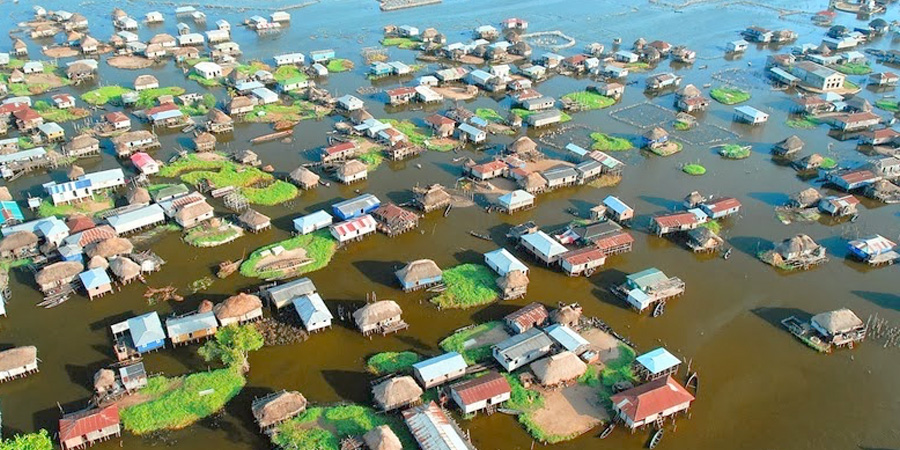
10. Home to Ganvié, the Venice of Africa
Ganvié, a floating village on Lake Nokoué, is home to about 20,000 people who live in stilt houses. The Tofinu people founded the village over 400 years ago to escape slave raiders from the Dahomey Kingdom. They built their homes on water, where they were safe from capture, as the kingdom’s warriors avoided water-based warfare. Today, Ganvié remains a vibrant fishing community and a major tourist attraction, with visitors exploring its floating market, schools, and houses via canoe. It is often called the “Venice of Africa”, showcasing a unique way of life adapted to its aquatic environment.
Subscribe to our Newsletter
Stay updated with the latest trends in African Pop Culture!


